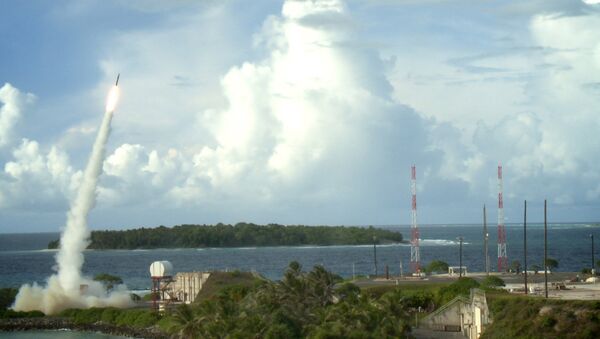At the turn of the new century, the US began its largest strategic adjustment since the end of the Cold War, shifting its strategic focus from Europe and the Atlantic to the Asia-Pacific. Right after George W. Bush took office as US president, his administration made the decision to change the oversea deployment pattern of the US military, from the previous 60 percent for Europe and 40 percent for the Asia-Pacific to 50 percent each for the two regions. It also listed China as a major competitor for the first time. The Bush administration failed to make the strategic adjustment only because of the Sept 11, 2001, attacks and the "war on terror" that followed.
Ever since President Barack Obama entered the White House he has been determined to advance the "pivot to Asia" strategy to overcome the "threat" China's rise poses to the US' hegemony in the Western Pacific. The Obama administration's strategic push has continued uninterrupted despite the political turbulence in the Middle East, the Ukraine crisis and the rise of Daesh. NATO's eastward expansion and "pivot to Asia" both are the result of the change in the established international order and the US' altered strategic perception, and they reflect the change in its strategic focus at different times.
In the context of "pivot to Asia", the US has intensified its efforts to unite its allies in Asia in order to forge an Asian version of NATO.
Compared to the impact of NATO's eastward expansion on Russia, the "pivot to Asia" strategy will create more strategic pressures on China. Though China and Russia don't want a confrontation with the US and will not forge a formal alliance, they have been forced to stand closer to cope with the strategic squeeze applied by the US and its allies.
China's top strategic priority is to ease the huge security pressures and meet the challenges created by the US' strategic shift to the Asia-Pacific. Since the Asia-Pacific is a region the US will pay special attention to, it is expected to focus its energy and resources on it to check China's rise after putting continuous pressure on Russia.
To deal with the US' strategic squeeze, China and Russia should intensify their cooperation in Northeast Asia, a region easier for them to work together compared with areas like the South China Sea. As a start, they should take necessary measures to counter the threat posed by THAAD's deployment in the ROK because the Washington-Seoul move will break the delicate strategic balance on the Korean Peninsula.
Moreover, while reiterating its strong resistance to THAAD, the Democratic People's Republic of Korea should abandon its nuclear program and stop testing missiles in order to prevent the US and the ROK from using those as an excuse to expedite the deployment of THAAD.
The author is an assistant research fellow at the National Institute of International Strategy, Chinese Academy of Social Sciences.


